How To Paint Detail On Ar15

Black rifles are called black rifles for a reason. They're black. And while most of us take only accepted the color as part of the platform, AR-15s don't have to be blackness. Then if you've ever thought about painting an AR-15, there are some good options out in that location.
Why paint an AR-fifteen?
Let's jump right into why you might desire to paint an AR-15. Some folks don't care for black guns. Some just like diversity.
The about common reason is likely to be the perceived need for camouflage. If yous need to hibernate from something or someone, camo volition be a compelling addition that just might proceed you subconscious. But keep in mind that painting camo can be complicated.
Only in that location are more overt reasons for wanting a new paint job for your AR-15. Some of us want the guns to get noticed and so opt for candy colors or brilliant accents. Your motivations are your own, but we're going to break out the basics.
What kind of paint can I use on my AR-15
Go to whatever gun show in the land and yous'll likely find a reasonably priced AR-xv with a terrible DIY paint chore. Most look like they were washed by children. The end results, though functional from a camo perspective, look heinous, and most of these owners end up selling the gun on rather than showing up with it at the range.
How do y'all avoid those basic pitfalls? Begin by understanding the composition of the paint you lot're choosing and the composition of the gun you lot desire to paint.
How hard is the paint or coating?
The term "paint" is often used rather loosely. Many finishes are sprayed on that are non, technically speaking, pigment—fifty-fifty if those finishes are painted on to the surfaces you wish to comprehend. Here are some examples.
Cerakote is ane of the best spray on finish options available. It is a slurry, of sorts, that contains ceramic particles that volition coat surfaces in a thin and exceptionally protective layer that can also hold pigments for some dynamic color options.
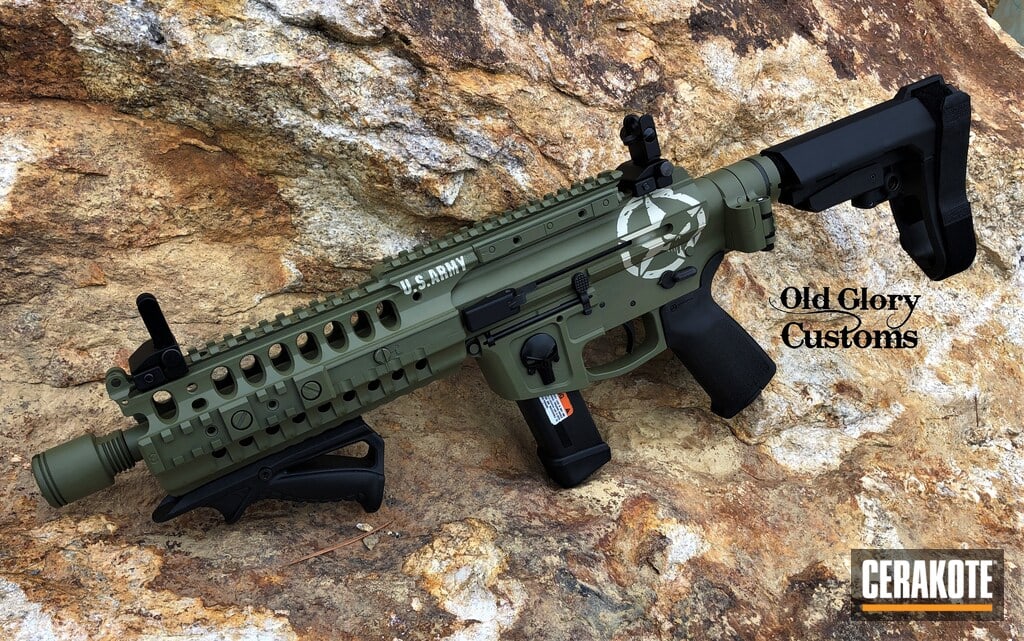
Cerakote does needs to exist baked to cure. This heat awarding doesn't have a deleterious effect on the gun you might be painting, just information technology isn't recommended for plastics or wood.
Most often, Cerakote is applied and cured past a specialist. There are ways to exercise it at home, and yous'll need the use of your oven, merely expect to have some trial and error at first. Or simply outsource it.
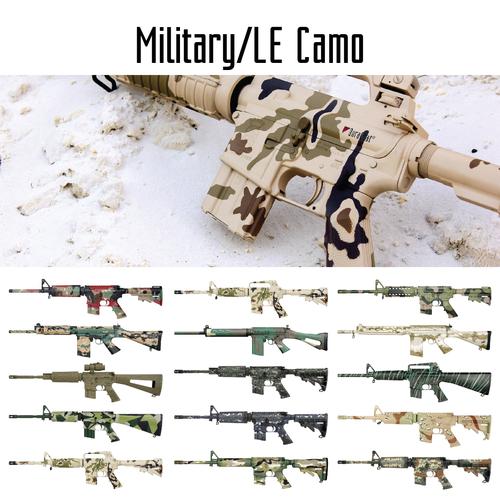
Duracoat. Not to exist confused with Cerakote, Durakote is a more traditional paint. Instead of ceramic particles, Durakote relies on resins and acrylic polymers. This is still a very hard paint, and one that tin take a minimal corporeality of flex earlier it fries out.
Duracoat is much more forgiving in its application, too. It is more like a spray-paint than anything, and it is designed specifically for less-experienced users to practise and practise well. And Duracoat is a great visitor to go to for painting an ar 15 camo.
Epoxy resins. While the depth of color of epoxy is second to none, the material can be brittle. Very few are designed to flex, but this doesn't mean they're not good options for paints for guns; stick to the variants that take a proven rails tape on high-stress applications.
Spray-paint. If y'all're wanting to become i step down, in that location are numerous options at gun stores and you local hardware store that will piece of work. But know you'll get what yous pay for.
Nigh spray pigment options are not designed to take oestrus. Look for paints that are designed for engine blocks, or barbecue grills. They'll be marked every bit "high temperature."
Spray Painting an AR-15 with Krylon or other brands
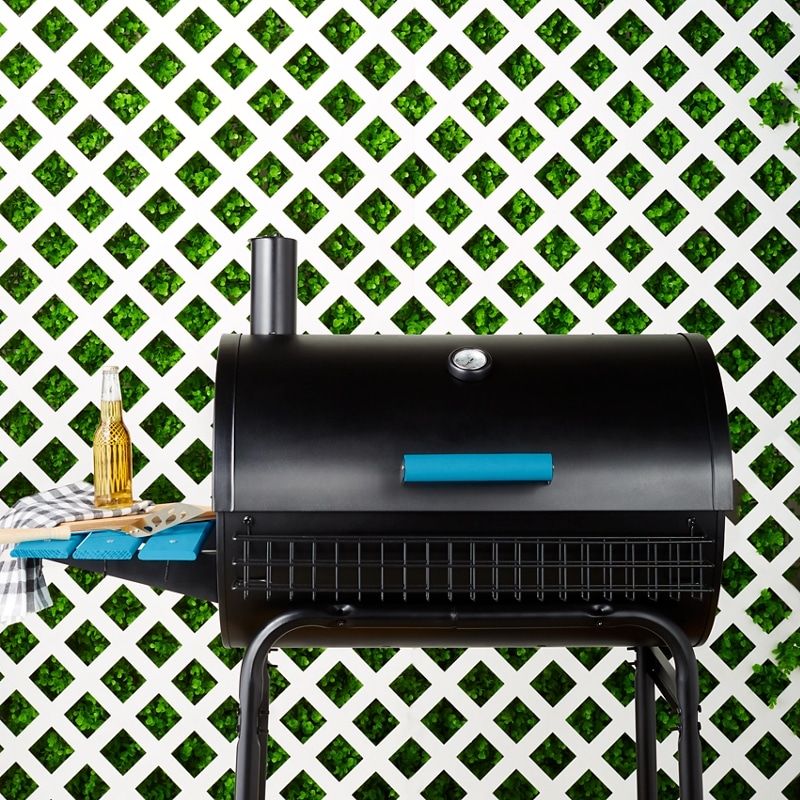
Krylon works well, and–like many other companies–they make a wide assortment. Look for the paint that can take the abuse.
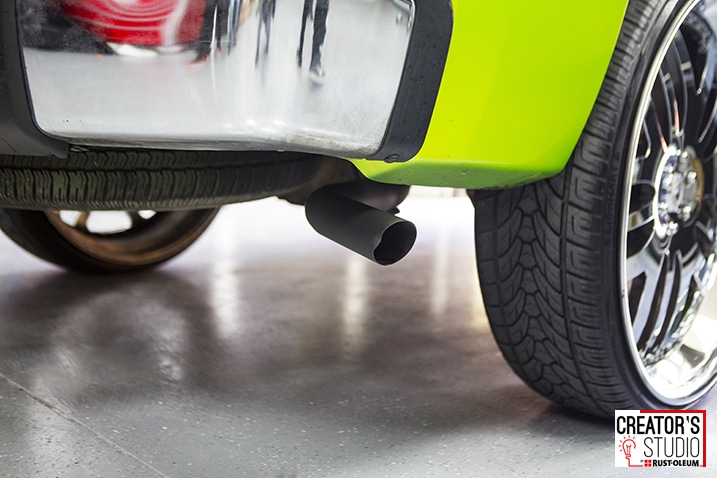
Rust-Oleum is 1 of the virtually common brands. Similar Krylon, Rust-Oleum makes pigment for grills and other metals that get hot chop-chop.
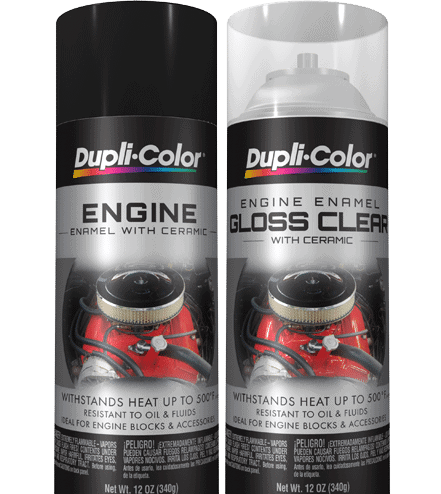
Dupli-Colour Engine Enamel contains some ceramic particles. As this is intended for high-oestrus environments, that heat takes care of the final curing of the paint.
Sympathise the make-up of your gun
Steel is hard, but information technology still flexes. This barrel is going to take a tremendous amount of heat, too, and so this is one of the harder parts to paint. And be mindful of the gas port or other places where tolerances on the gun can exist actually tight.
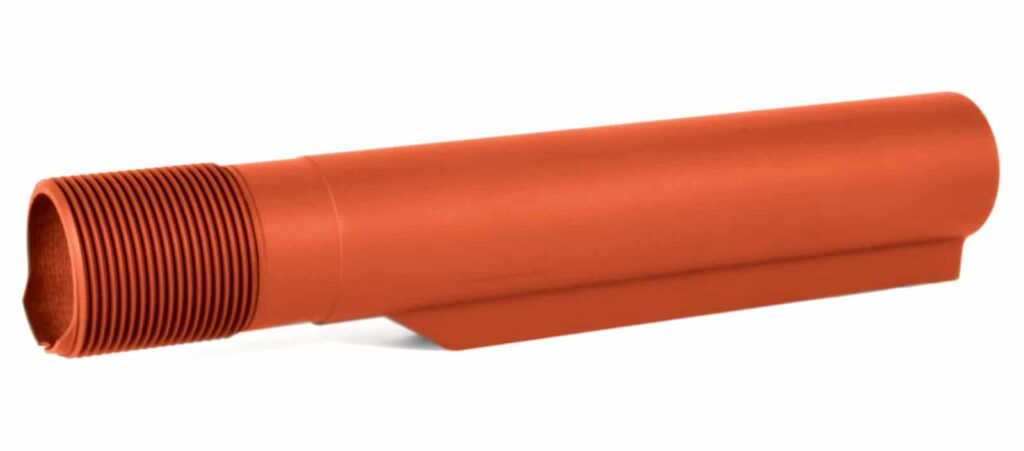
Most AR-15s accept a lot of aluminum in them. Aluminum is like shooting fish in a barrel to paint, simply the fabric isn't as hard as steel, and then tends to ding and dent a scrap easier. Ceramic paints are sill a viable option for Aluminum, though, and can sometimes help to protect information technology.
Plastics come in many varieties. Some aren't technically plastics, either, but nylon. This is the hardest part of whatsoever gun to keep pigment on. These are also the most mutual materials for grips and stocks—the parts of the AR-15 that nosotros aggressively engage with.
Painting AR-15 magazines
I don't recommend ceramics or brittle epoxy paints for plastics, though many manufacturers would disagree with me. When it comes to painting mags, yous need something with more flex. You lot tin pigment Magpul mags or fifty-fifty aluminum mags, as needed, though.
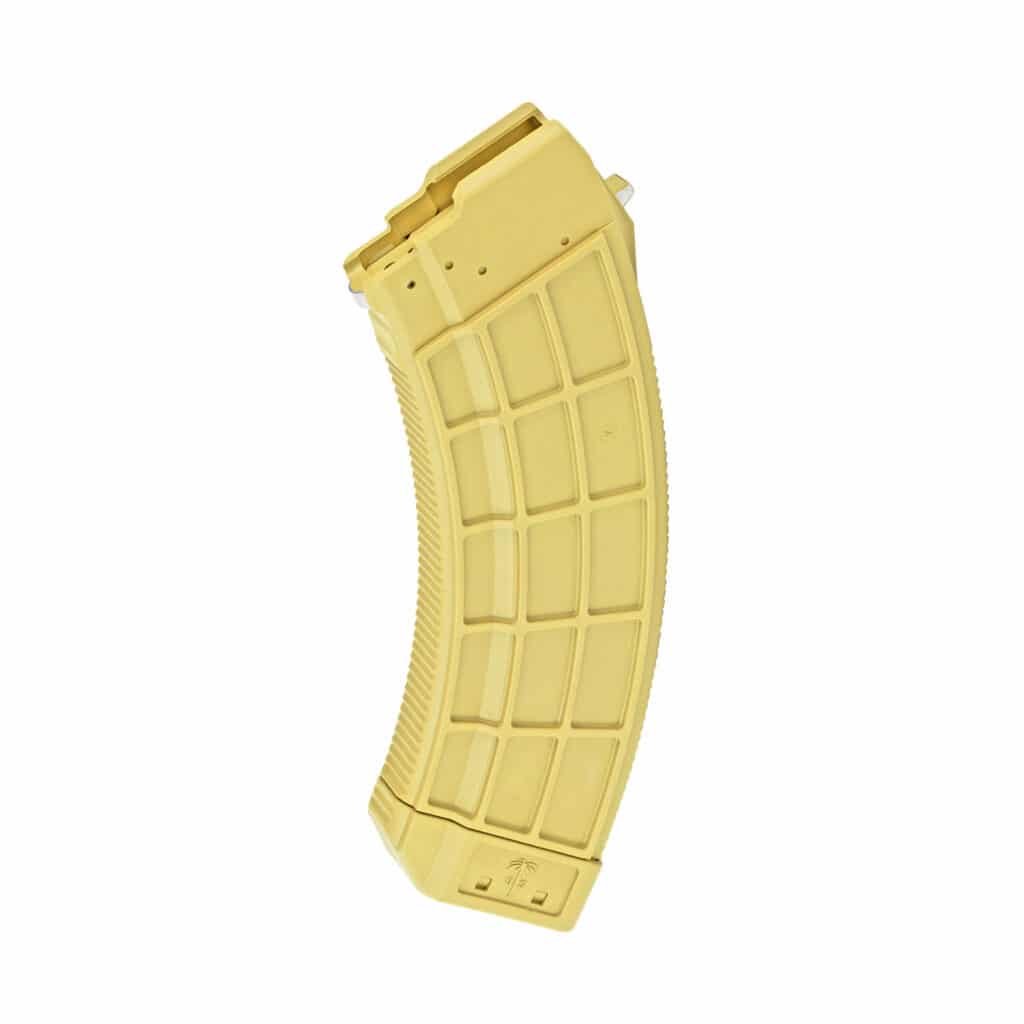
And there are lots of fun stencils that can make mags more than personalized or more fun.
DIY AR-15 Painting Tips
Watch your workspace. The last matter you lot want to do is paint anything you don't desire painted with this stuff. These paints are harder to remove than others, so watch your cars or anything else that could exist within the aerosol reach of the overspray.
Sweep it! Beginning your spray off of the slice you intend to spray and sweep of the length in a smooth, somewhat fast motion. It is far better to paint numerous thin coats than to go one fat glaze that runs.
Scout curing times. Some paints take a window of opportunity for recoating merely after the dry-to-the-affect stage. If you miss this window, you might need to wait for a glaze to cure completely earlier applying more pigment.
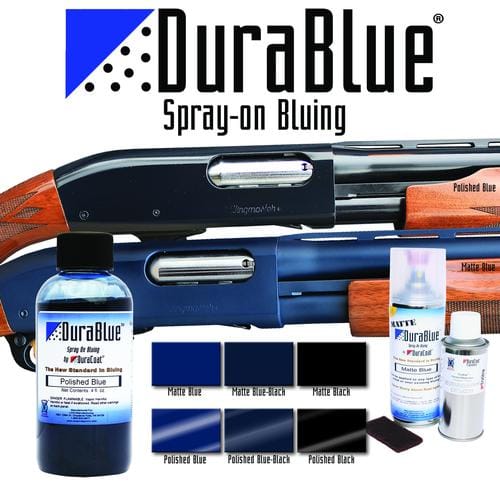
This is of import. Many of these paints cure completely in a matter of hours, but some will stretch out for days—even weeks. Applying paint again, before the previous coats are cured, may foreclose the coats from bonding correctly.
Build-up. Some coatings on guns penetrate and don't change the concrete dimensions in any appreciable way. Ceramic coatings, though, build upward speedily. Do your homework and see just how this might change the way parts fit together.
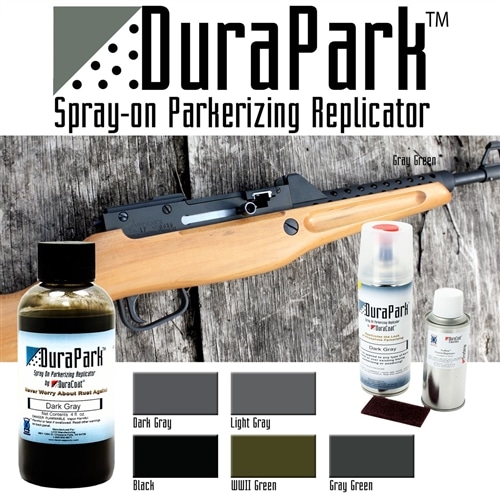
Test it! If you're left with any dubiety, choice up a junker gun and try out your methods alee of time. Some of the all-time options for this are available at pawn shops that carry those mid-century break action single-shot shotguns no ane seems to care virtually any more than.
Paint patterns. If you lot'll be working with multiple colors, take the fourth dimension to report how pigment sprays. A design overlay and/or some good masking will greatly increment the sharp lines and patterns you want to create.
In the end, painting may not be your thing. There are other ways to get what you want that may be easier than painting, more protective than painting, or more than visually appealing.
Coatings like nickel-boron are catching on. Yous can have rifles hydro-dipped with almost any kind of design imaginable. And there'southward ever surface treatments like cold-bluing and instance hardening that produce some exceptionally beautiful results.
One Last Tip
If there's anyone that knows the AR-xv platform, it's the United states armed forces. As a special offer for our readers, you can get the Official US Ground forces Transmission for AR-15/M4/M16 right at present – for free. Click here to snag a copy.
Source: https://www.at3tactical.com/blogs/news/painting-an-ar-15
Posted by: hatfieldemenceapery.blogspot.com


0 Response to "How To Paint Detail On Ar15"
Post a Comment